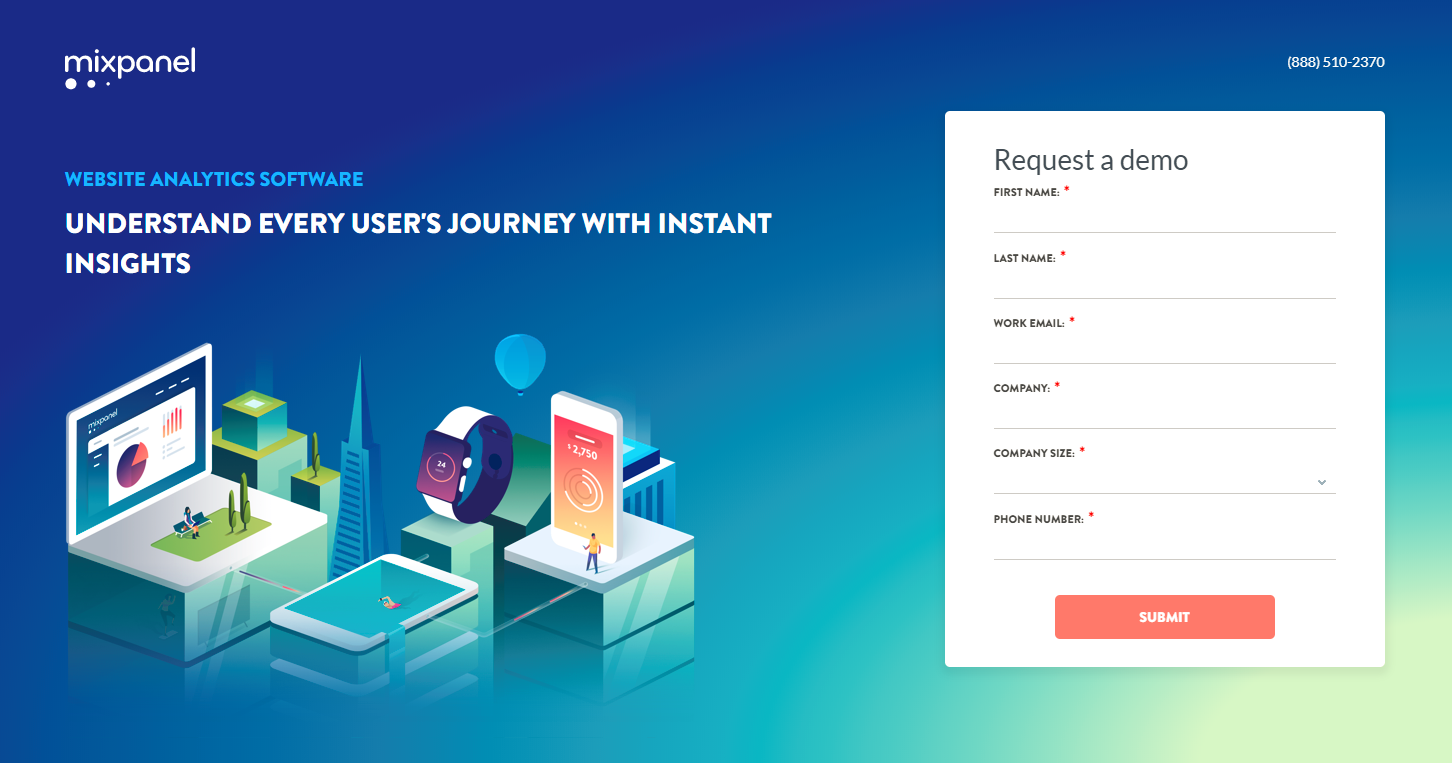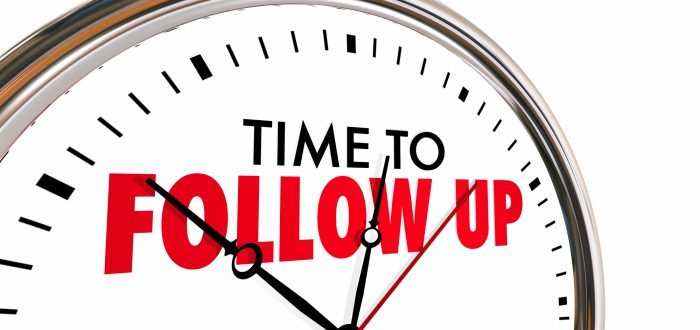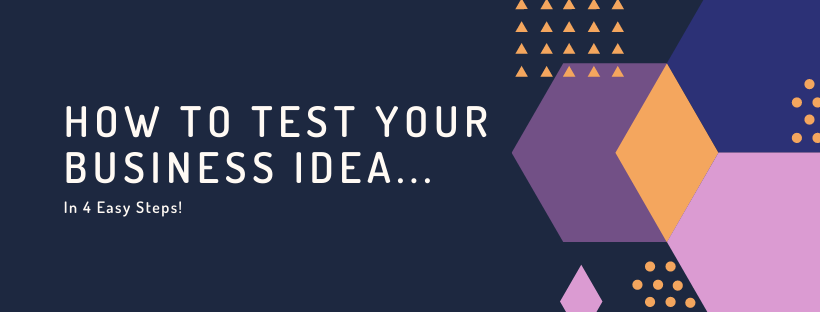In a previous post, we discussed several methods that you can use to identify new business opportunities. Hopefully, you’ve been able to identify some of your own!
Now I want to touch on a method that you can use to test these new ideas for viability before you invest time and capital into making it a reality.
These steps should work for any business type, physical, digital, or service-based.
Step #1 – Create a Landing Page

One of the tried and true methods of testing the demand for a specific product, landing pages are easy to set up and can provide you with actionable data to help you move forwards or axes a specific product or service.
You may have seen coming soon pages that introduce a specific product and then ask for your email to notify you when the product is available. Landing pages are very similar but can be expanded upon with more details and product aspects to help you gain more product insight.
What needs to be included on your landing page?
You want to test more than just demand, you are going to want to test demand at different price points. This will help you to gauge how valuable your prospective customer sees your product or service.
You should “split-test” your pricing to play around with different value/price combinations to get a better idea of what your projected revenue targets could be.
You also want to set up your landing page as if the product already exists and is ready to be shipped/delivered. Use a specific call to action similar to what you would use if you were ready to launch the product. You can set up a “buy now” button so that when the customer clicks it they are routed to an out of stock page.
You can then prompt them for their email address with a special incentive once the product is restocked. This also works for online services as well!
There are a few tools that allow you to quickly build landing pages specifically to test new product ideas. Try QuickMVP to start.
Step #2 – What Does Success Look Like

In order to execute this test properly, you need to know exactly what you are looking for and what results would make this idea a “GO”. Let’s say you receive 100 signups a week or 100 add to carts. Would this be acceptable to you? Would this provide enough revenue to make the idea worthwhile if these were actual purchases?
You will need to set up your success metric to account for everything that will go into making the product/service a reality. If you are getting 100 mock sales a month but you need 200 to be profitable, you will need a game plan or at the very least some data showing that you can get there.
You want your results to be able to sustain and grow your business, not barely keep it alive.
Step #3 – Find Your Customers

Now that you have a landing page and have determined what kinds of metrics would be deemed successful enough for you to pull the trigger, it’s time for you to get in your prospective customers face. You can use a variety of platforms to promote your new product offerings such as Instagram, Facebook, and their accompanying ad platforms.
You want to get as much targeted traffic as possible to your landing page so that you can test and optimize.
Without traffic, this entire validation method is useless. Another quick tip, tap into some influencers in your potential industry and get them to promote your product/service.
This can be incredibly useful in the early traction stages of your business. We’ll dive more into influencer marketing in a coming post.
Step #4 – The Follow Up

All of the above would be absolutely no good if you fail to follow up with your prospective customers. Once the test is over, you want to gather and analyze the data.
How did your audience respond?
Which landing page/variation performed the best?
How were the conversions (incoming traffic vs purchases)?
Based on this data, you should reach back out to your prospective customers and gain more insight into why they purchased/ signed up and what they are looking forward to the most using your product. You can then adjust your product/offering and its price point to have a significantly greater chance of hitting a home run.
If there is no interest or if the results were less than stellar, you just saved yourself months of development time and capital building something no one would want and pay for. Table the idea for later and begin focusing on the next.
Note: Just because an idea failed the test, doesn’t exactly mean its a bad idea. You just need to find a way to improve the offering.
Homework: Have an idea you want to test? Use the steps above and get started!

This was great info can we send you a sweat We’re on Instagram blessedkingsent
Hi there, just became aware of your blog through
Google, and found that it is truly informative. I’m gonna watch out
for brussels. I’ll be grateful if you continue this in future.
A lot of people will be benefited from your writing.
Cheers!